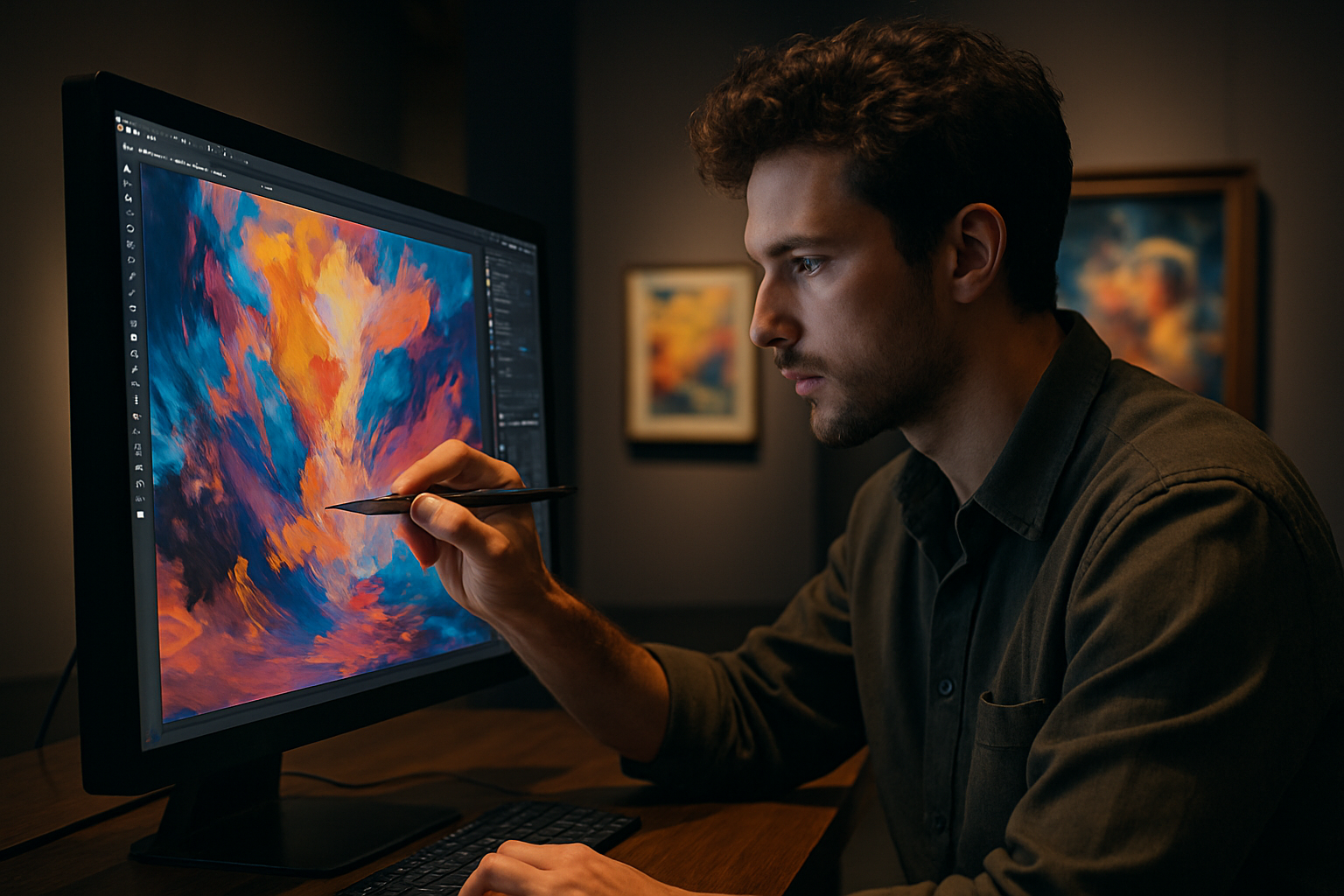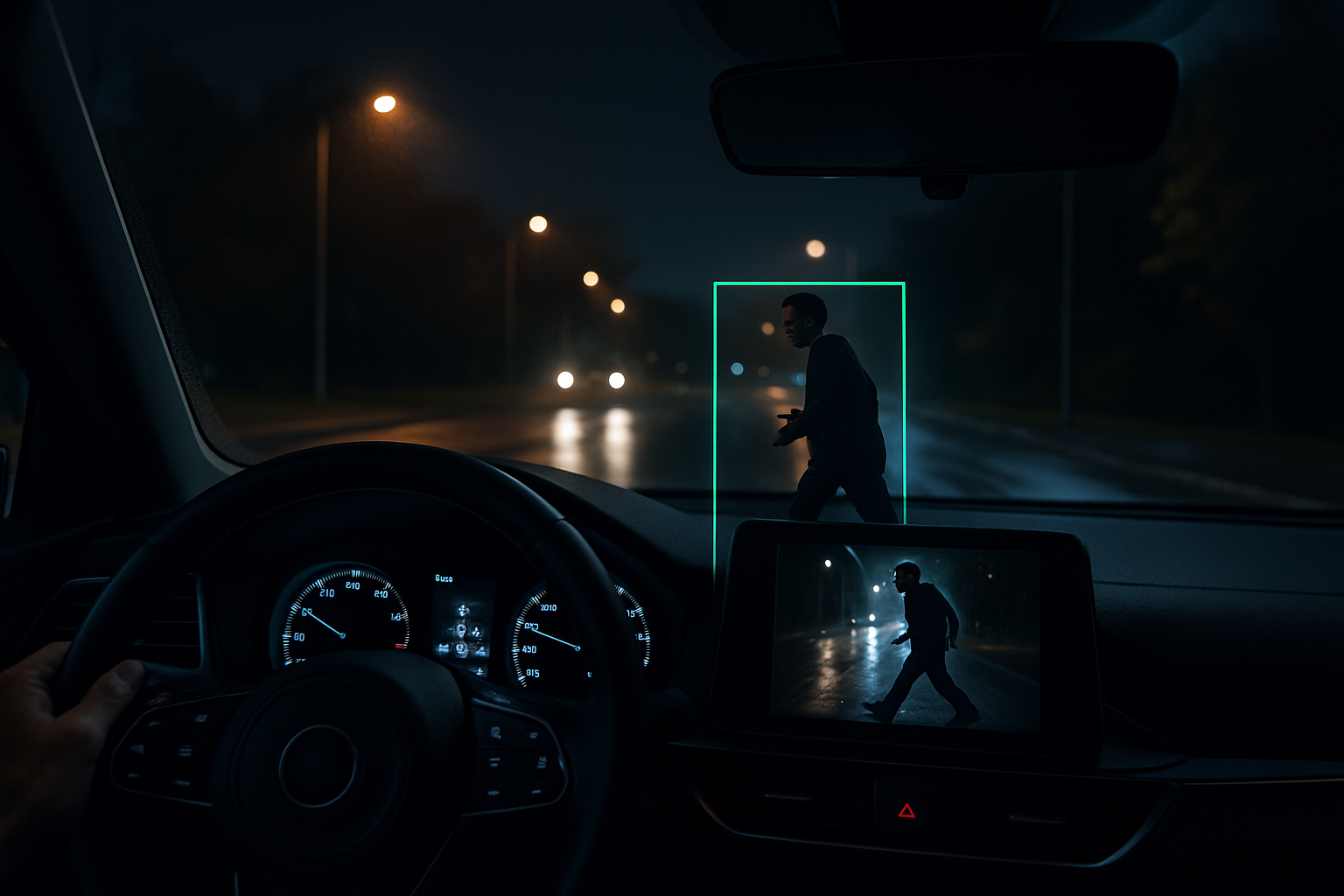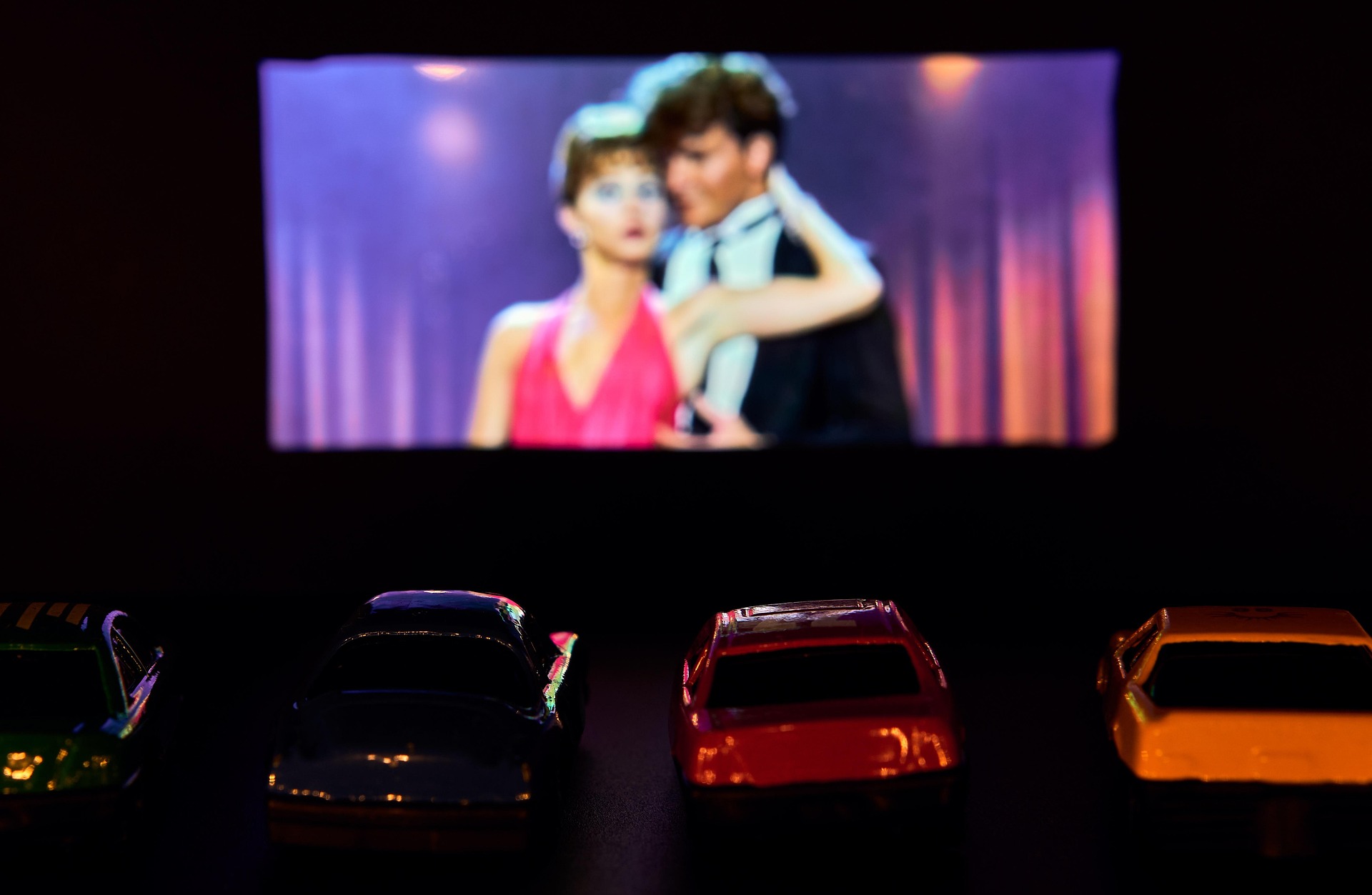Dissecting the Intricacies of Digital Art: A Contemporary Phenomenon
Introduction: Dive into the mesmerizing world of digital art—a domain where technology and creativity intertwine, and where boundaries are constantly pushed. Discover its roots, its present landscape, and what the future holds for this innovative artistic movement.

The Origins and Evolution of Digital Art
As with any art form, digital art didn’t appear overnight. It has been a gradual progression, starting from the 1960s with the advent of computer graphics. Early pioneers like Michael Noll used algorithms to create patterns, breaking away from traditional art forms. The evolution of software and hardware in the 1980s and 1990s, coupled with the emergence of the internet, paved the way for this art form’s growth and popularity.
The Present Landscape of Digital Art
Digital art has exploded in recent years. Artists are leveraging software, digital tools, and even artificial intelligence to create stunning pieces. Digital platforms like Instagram and DeviantArt have become the go-to places for artists to showcase their work. The digital art landscape is a playground for artists, providing a platform for expression that transcends geographical boundaries.
Digital Art and the Rise of NFTs
A new phenomenon is reshaping the digital art world: Non-Fungible Tokens (NFTs). These blockchain-based assets verify the ownership of digital art pieces, providing artists with a new revenue stream. The recent $69 million sale of digital artist Beeple’s artwork has validated the potential of NFTs in this industry.
The Impact of Digital Art on Traditional Art Forms
Digital art is transforming traditional art forms. For instance, the practice of painting has been revolutionized with the emergence of digital painting. Using software like Adobe Photoshop or Corel Painter, artists can create pieces that mimic the effects of physical paint. While some may argue that this is diluting traditional art forms, others view it as a new avenue for artistic expression.
The Future of Digital Art
The future of digital art is bright and expansive, with limitless possibilities. As technology continues to advance, so too will the capabilities of digital art. Virtual and augmented reality technologies are already being integrated into digital art, resulting in immersive experiences that blur the lines between the virtual and physical worlds.
Digital art is a contemporary phenomenon that has transformed the art scene. Its evolution has been fueled by technological advancements and a generational shift towards digital mediums. As we move further into the digital age, it will be interesting to see how this art form continues to shape and be shaped by our culture.





